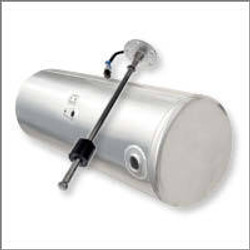
Ford Aeromax Truck Fuel Tanks
-
 Ford Aeromax Truck Fuel Tank Acc.
Ford Aeromax Truck Fuel Tank Acc.
-
 Ford Aeromax Truck Fuel Tank Brackets & Straps
Ford Aeromax Truck Fuel Tank Brackets & Straps
-
 Ford Aeromax Truck Fuel Tank Caps
Ford Aeromax Truck Fuel Tank Caps
-
 Ford Aeromax Truck Fuel Tank Senders
Ford Aeromax Truck Fuel Tank Senders



